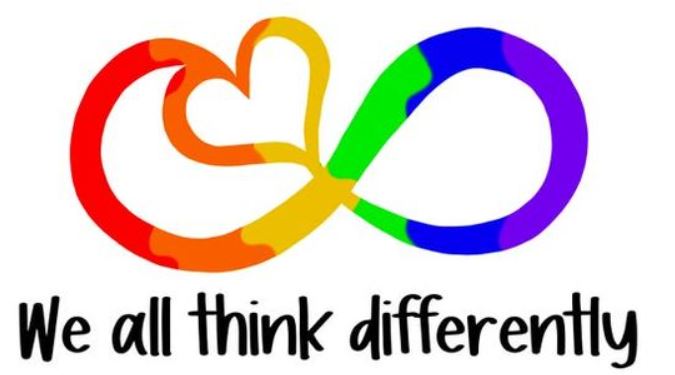Autism Prevalence
1 in 44 children in the U.S. have autism.
In the U.S., about 4 in 100 boys and 1 in 100 girls have autism.
Boys are nearly 4 times more likely to be diagnosed with autism than girls.
Autism prevalence is lower among white children than other racial and ethnic groups:
White – 2.4%
Black – 2.9%
Hispanic – 3.2%
Asian or Pacific Islander – 3.3%
These changes reflect an improvement in outreach, screening and de-stigmatization of autism diagnosis among minority communities.
*The CDC autism prevalence estimates are for 8-year-old children across 11 monitoring sites in the Autism and Developmental Disabilities Monitoring (ADDM) Network in 2020.

Symptoms of Autism Spectrum Disorder
Because autism is a spectral disorder, it appears differently in every case. On a general level, people who have autism may have repetitive behavior, and may not be engaged with the outside world as much as someone who does not have autism. These are broad ways to define it, but since each case of autism varies so highly, it is hard to define concrete symptoms tied to autism spectrum disorder. Some ways that autism is displayed is:
- Does not like physical contact with people
- Prefers alone time to socializing time
- Little-to-no eye contact
- May not seem to be attached to people
- Speech may be minimal, reserved for commands and exchanging information only, may seem robotic
- May not like change
- May be very habitual
- Overstimulated easily
While autism spectrum disorder is generally viewed as a learning disability, some people with autism spectrum disorder will actually be able to learn much faster than people who do not have autism spectrum disorder. The symptoms of autism spectrum disorder are so heavily variant, since autism is very different in every individual and requires an individualized approach.
What Should I Do If I Suspect My Child Has Autism Spectrum Disorder?
The Center for Disease Control has an autism spectrum disorder tool on its website. The signs of autism spectrum disorder are often recognized during a child’s developmental years, during which the child can present unusual behaviors such as:
- Not responding to name
- Doesn’t like to be held or cuddled
- Regression of language skills
- Seems to not develop like “other kids”
When it comes to autism spectrum disorder in children, it can be very hard to identify. If you fear your child may have autism spectrum disorder, give us a call (770) 538-1595
An important thing to remember when facing a potential diagnosis of autism spectrum disorder is that many people with a diagnosis live full, normal, healthy lives. With therapy and a healthy childhood, many people with autism spectrum disorder live long lives.
